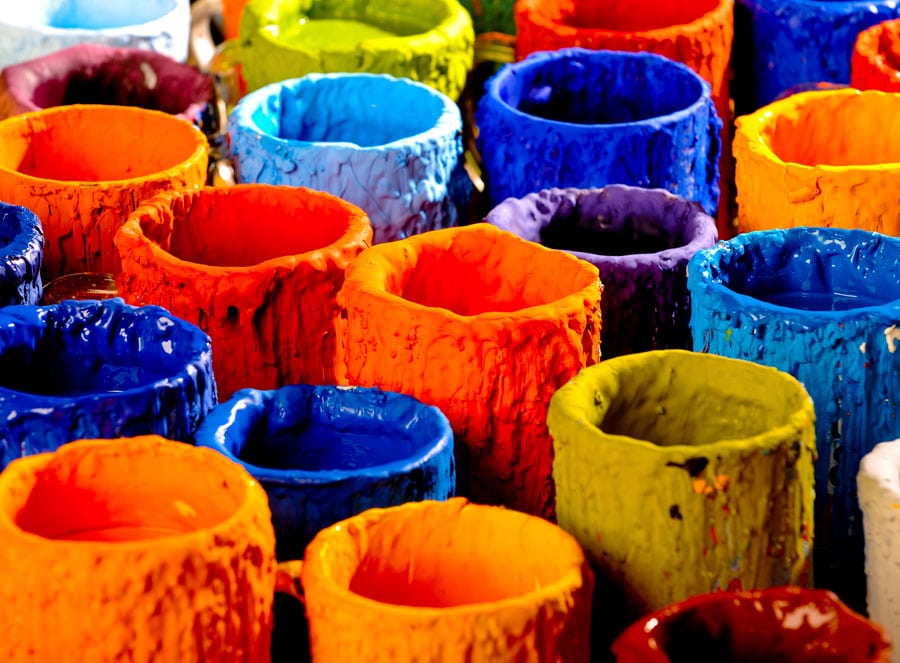Screen printing ceramics has increasingly come under scrutiny due to the difficulty of matching pantone colours with traditional ceramic inks. We look at the alternatives that have been developed and compare them to ceramic inks.
For decades, traditional decorators of ceramic and glass products from your cheap and cheerful earthenware promo mugs to ornate bone china dinner sets used inorganic ceramic inks, in a range of processes including screen printing, pad printing and lithographic printing.
Once the printing processes were completed the decoration would be fired at a high temperature to fuse the ink into the glaze of the ceramic. However, one of the biggest draw backs of ceramic inks is the limited scope of the colour palette. Resulting in ceramic decorators having difficulty matching exact pantone colours and also, not being able to print some colours at all. The problem is further compounded when printing on to dark coloured mugs.
The print industry has addressed these issues with the creation of organic ink pigments for screen printing, resulting in an almost limitless range of colours. This has given rise to many companies offering pantone matched services under various guises for screen printed colours.
What is the difference between inorganic and organic inks?
For screen and pad printing on to promotional mugs at face value there is little difference, if anything you have the added value of being able to achieve a wider range of colours with organic inks. However, on further inspection there are vast differences between the two ink sets.
At the core of any comparison needs to be the level of adhesion of the ink to the ceramic article. With organic inks, they are cured in various ways, they can be cured at room temperature or taken up to 140 C to speed up the process or UV lights can be used.
In comparison, inorganic inks for screen printing process are fired at high temperatures, the inks are fused within the glaze of the mug. Making the decoration completely dishwasher and scratch resistant. With this process mugs can be used for many years increasing the power of the marketing message on a promotional mug.
There is no doubt that the adhesion of organic inks is not as resilient as inorganic inks. Organic inks look good when printed but can deteriorate over time, especially with heavy use. Particularly if the print experiences friction, such as when mugs are placed closely together in a dishwasher. The friction caused by two mugs rubbing together will cause the print to wear.
To show you the difference we would like to show you a video, the burgundy mug is decorated using ceramic inorganic inks and the yellow mug uses organic inks that have been printed and cured as per the ink manufacturer’s instructions.
In the video, we use a pound coin to demonstrate the adhesion of the ink, as you can see inorganic inks suffer no damage at all, whereas the organic ink suffers visible damage.
Admittedly, this is a severe test of the mug, but it highlights the different levels of adhesion and over time many mugs using organic inks will look like the example in the video.
For this reason, Prince William Pottery, still produces all their screen-printed mugs using inorganic inks. It is true that mugs decorated with organic mugs look great when first decorated but over time that quality deteriorates and the purpose of the marketing message will lose it potency.
Next time you are thinking of buying mugs, ask yourself, what inks are being used? By using ceramic inks, you will help reduce unnecessary waste as your mug and promotional message will last for years to come!
If you are interested in promotional mugs, contact our sales team, who will be happy to quote. We can produce pdf proofs free of charge.

0 Comments